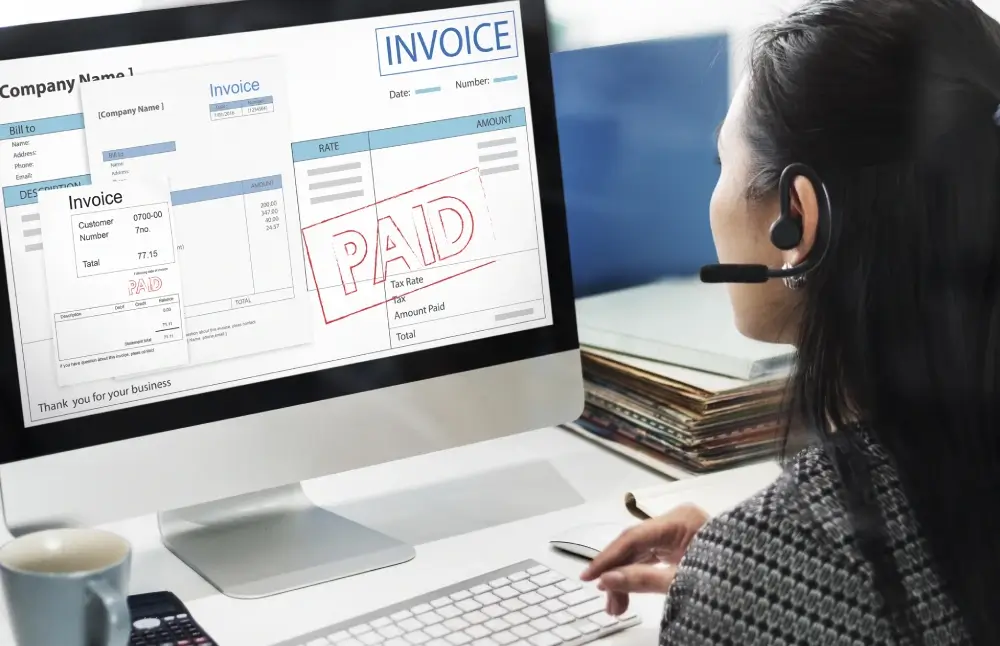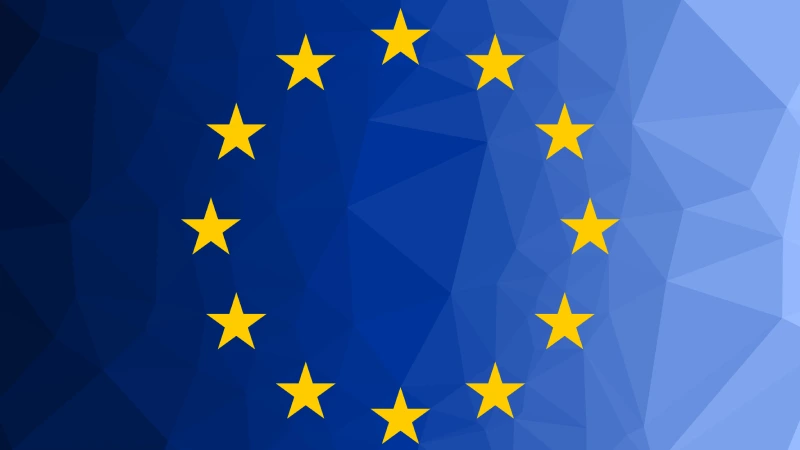Overview
The concept of a circular economy is rapidly gaining traction as industries around the world seek sustainable solutions to minimize waste, maximize resource efficiency, and reduce environmental impact. At the core of this transformation is ensuring that materials and products are continuously reused, repurposed, or recycled instead of being discarded as waste. E-invoicing, while often discussed in terms of financial and operational efficiency, plays a vital role in supporting these sustainability goals, particularly in circular supply chain.
This blog will explore how e-invoicing aligns with the principles of the circular economy, its environmental benefits, and its potential to accelerate the shift toward sustainable business practices.
What is Circular Economy?
A circular economy is a model that moves away from the traditional linear “take-make-dispose” system, replacing it with a closed-loop system where resources are kept in use for as long as possible. It focuses on reducing waste, conserving resources, and regenerating natural systems. In this system, products, materials, and resources are designed to be reused, repaired, refurbished, or recycled, creating a continuous loop.
According to the Ellen MacArthur Foundation, shifting to a circular economy could reduce global greenhouse gas emissions by 45% by 2050. This transition requires a fundamental shift in how supply chains operate, ensuring transparency, accountability, and efficiency throughout the entire lifecycle of products.

E-Invoicing: The Digital Backbone of Circular Supply Chain
E-invoicing, or electronic invoicing, refers to the automated creation, processing, and exchange of invoices between suppliers and buyers using digital formats.
Let’s explore how e-invoicing contributes to the sustainability goals of a circular economy:
1. Reduction in Paper Usage
In traditional supply chains, millions of invoices are printed, mailed, and stored each year, contributing to deforestation, water consumption, and greenhouse gas emissions. By switching to e-invoicing, companies can eliminate the need for physical documents, significantly reducing their carbon footprint.
According to Billentis, a leading e-invoicing research firm, the global shift to e-invoicing could reduce paper consumption by 30 billion sheets annually, saving an estimated 2.6 million trees each year.
2. Energy and Resource Efficiency
Beyond saving paper, e-invoicing helps conserve energy and resources across the supply chain. Traditional invoicing requires printers, ink, transport for delivery, and storage, all of which use energy and raw materials. Switching to e-invoicing reduces this reliance.
A study by Ecosystem Insights found that e-invoicing cuts energy consumption by 50-70% compared to paper invoices and reduces invoicing costs by 60-80%, benefiting both the environment and businesses financially.
3. Streamlined Financial Processes and Improved Cash Flow
Circular supply chain rely on efficiency, and e-invoicing helps by speeding up transactions and improving accuracy. In a circular economy, businesses need strong, ongoing relationships with suppliers and customers to keep materials and products moving smoothly. E-invoicing eliminates delays caused by manual processing and paper invoices, making the whole process faster and more efficient.
4. Enhanced Transparency and Accountability
Transparency is a key pillar of the circular economy, and e-invoicing provides the necessary infrastructure to achieve it. Digital invoicing systems allow businesses to track invoices in real-time, providing clear visibility into financial transactions across the supply chain. This ensures that every step of the process is transparent and that resources are properly accounted for at each stage of the product lifecycle.
5. Enabling Data-Driven Decisions
E-invoicing generates a wealth of data that businesses can use to drive sustainability efforts. By analyzing invoice data, companies can identify patterns, inefficiencies, and areas for improvement. This data can also help businesses track their environmental impact, such as energy usage, carbon emissions, and resource consumption, aligning financial and environmental goals.
A study by Ardent Partners found that companies with advanced e-invoicing systems were 2.5 times more likely to achieve their sustainability goals compared to those using paper-based invoicing. This is because digital systems allow companies to monitor and optimize their resource use in real-time.
Real world Application: IKEA’s E-Invoicing and Circular Economy Initiative
IKEA, one of the world’s largest furniture retailers, is at the forefront of adopting circular economy principles. As part of its commitment to sustainability, IKEA has implemented an e-invoicing system that supports its efforts to close the loop in its supply chain.
In 2018, IKEA set the goal of becoming a fully circular business by 2030, meaning that all of its products will be made from renewable and recycled materials. To support this, the company rolled out e-invoicing across its global operations. As a result, IKEA has reduced its paper usage by 85% and has saved over €1 million in administrative costs annually. The transparency provided by e-invoicing has also allowed IKEA to monitor its suppliers’ sustainability practices, ensuring that they meet the company’s circular economy objectives.

Conclusion
E-invoicing is a powerful tool that simplifies financial processes while supporting the sustainability goals of the circular economy.
With Smartbooqing’s advanced e-invoicing solutions, businesses can automate invoice processing, reduce errors, and improve overall efficiency. This not only enhances financial operations but also helps contribute to a more sustainable future by minimizing waste, reducing carbon emissions, and promoting transparency in circular supply chain.
As companies increasingly adopt circular economy models, e-invoicing is becoming essential for driving both sustainability and efficiency across global supply chains. It’s about more than just going digital—it’s about building a future where financial and environmental resources are used wisely and responsibly.



